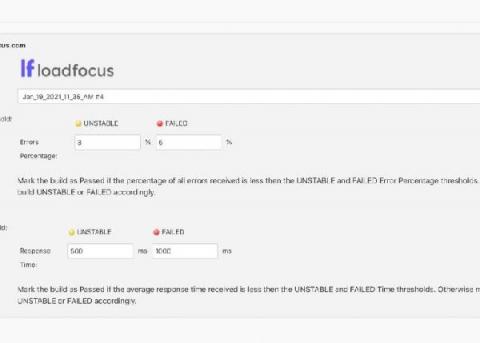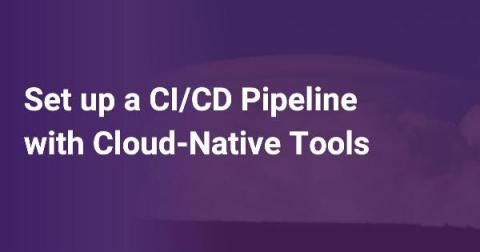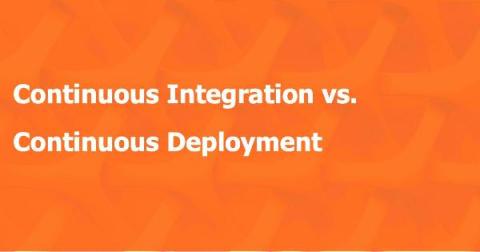Systems | Development | Analytics | API | Testing
CI CD
Flutter & Codemagic: Manual iOS code signing via Flutter Workflow Editor
Continuous Performance Testing in CI/CD with Jenkins Plugin
We’ve released a new version of our load testing plugin for Jenkins CI. Load Testing CI/CD Plugin helps to run load tests automatically as a Post-build action and mark the build as PASSED, UNSTABLE or FAILED based on errors received during the test run and the average response time. Use the Post build actions and define your load test limits in order to mark the build UNSTABLE or FAILED.
Set up a CI/CD Pipeline with Cloud-Native Tools
The adoption of cloud-based solutions has become increasingly common. The proof for this is evident – according to Gartner, Inc., the worldwide public cloud services market is expected to grow by 6.3% in 2020, up to a staggering $257.9 billion in value. The Flexera 2020 State of the Cloud Report, released on April 28, 2020, states that more than 90% of respondents have adopted cloud computing, with the top three cloud service providers being – AWS, Azure, and Google Cloud Platform.
What Is CI/CD/CD?
Continuous Integration (CI), Continuous Delivery (CD) and Continuous Deployment (CD) are three processes that automate integrating software development into a product and deploying the modified product to test and production environments.
Codemagic CI/CD
Automatic iOS code signing with Codemagic
Continuous Integration vs. Continuous Deployment
Thanks to Linus Torvalds, the creator of not only Linux, but also the most popular version control system - Git, multiple developers can simultaneously work on the development of the same application, ramping up the speed of production. Git was revolutionary - it enabled developers to keep track of code changes and collaborate seamlessly across different projects.
Parallelize Your JavaScript Tests In CI/CD
This spring, Sauce Labs announced the Sauce Testrunner Toolkit (beta) to expand developer-first capabilities and support for native JavaScript frameworks. The Testrunner Toolkit makes setting up, writing, and running web tests easier and faster for developers during early pipeline testing. First it supported Puppeteer, followed by Cypress, TestCafe, and Playwright to provide the flexibility to test the way you want, along with Sauce Labs insights, at scale.
Load testing with GitLab
In this tutorial, we will look into how to integrate performance testing with k6 into your GitLab setup. By integrating performance tests into your CI pipelines, you can catch performance issues earlier and ship more stable and performant applications to production.











